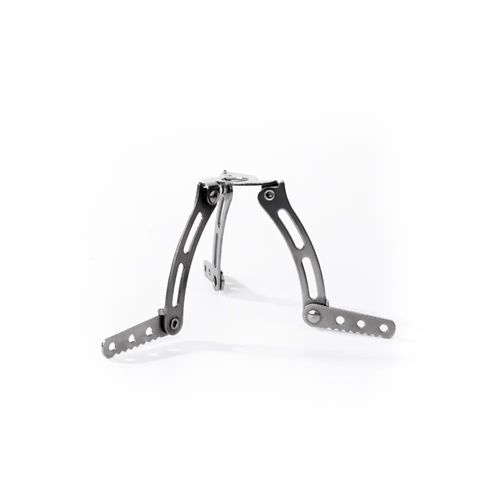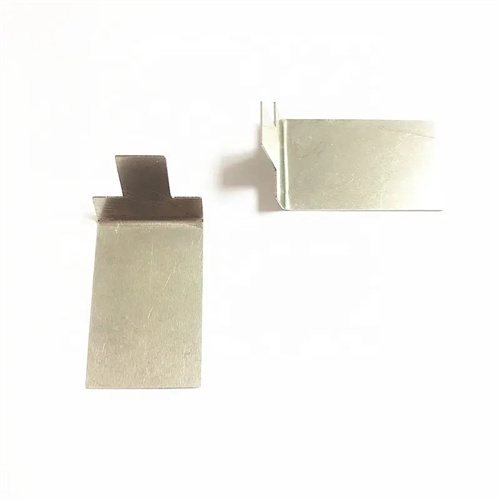Aluminum and aluminum alloy drawn bars for general industrial use
General industrial aluminum and aluminum alloy drawn rods are rod-shaped aluminum products produced through a cold-drawing process. They feature high dimensional accuracy, excellent surface quality, and stable mechanical properties, making them widely used in general machinery, hardware tools, medical devices, and other fields. Materials include 1 Series (pure aluminum), 2 Series (aluminum-copper alloy), 5 Series (aluminum-magnesium alloy), and 6 Series (aluminum-magnesium-silicon alloy). 1050 drawn rods have a purity of ≥99.5% and excellent electrical conductivity, making them suitable for electrical components. 5052 drawn rods contain 2.5% magnesium, offering excellent corrosion resistance and suitable for use in humid environments. 6061 drawn rods can be heat-treated for strengthening, offering a balance of strength and processability, making them a common choice in the industrial sector. 2024 drawn rods contain 4.5% copper and offer high strength (tensile strength ≥420 MPa) for high-strength components. Rod diameters range from 3 to 100 mm and lengths from 1 to 6 meters. They have a dimensional tolerance of ±0.05 mm and a surface finish of Ra ≤0.8 μm, meeting precision machining requirements.

The production process for drawn aluminum and aluminum alloy rods for general industrial use requires multiple precision machining steps, with dimensional accuracy and straightness being the key. First, hot-rolled round bars are used as blanks, with a diameter 5-10 mm larger than the finished product. Surface defects are removed by turning or peeling to ensure a smooth surface. The drawing stage utilizes multiple cold drawing passes using dies made of carbide or diamond at speeds of 5-15 m/min, with each pass achieving a deformation of 10-20% to prevent cracking caused by excessive deformation. For high-strength alloys (such as 2024 and 7075), intermediate annealing (at 300-400°C) is required to eliminate work hardening. After drawing, the bars are straightened (straightness ≤ 0.5 mm/m) and cut. The surface can then be anodized or electroplated. The finished product undergoes dimensional inspection (diameter tolerance ±0.03 mm) and hardness testing (HB ≥ 60) to ensure quality.

In the general machinery sector, drawn aluminum and aluminum alloy rods for general industrial use are crucial materials for transmission and support components. Machine tool handles and operating levers are made of 6061 drawn rods with a diameter of 10-20 mm. After turning and polishing, they provide a smooth feel, resulting in a 20% increase in operating component assembly efficiency at a machine tool manufacturer. Reducer bushings are made of 5052 drawn rods with a diameter of 30-50 mm, offering excellent wear and oil resistance. This has extended the product lifespan of a reducer manufacturer to five years. Pneumatic component piston rods are made of 2024-T4 drawn rods with a diameter of 5-15 mm, offering a tensile strength of ≥400 MPa and the ability to withstand high pressures (≥10 MPa). This has reduced component failure rates at a pneumatic equipment manufacturer by 30%.

The hardware and medical device industries place stringent demands on the precision and surface quality of drawn rods. Hand tool handles (such as wrenches and pliers) are made from 6063 drawn rod with a diameter of 8-15mm. The anodized surface offers a variety of colors, resulting in a 25% increase in customer satisfaction for one tool brand. The scale rods of precision measuring instruments are made from 1050 pure aluminum drawn rod with a diameter of 5-10mm and a straightness of ≤0.1mm/m, ensuring measurement accuracy (±0.01mm). A measuring tool manufacturer achieved a 99.8% product qualification rate. Surgical instrument handles for medical devices are made from 5052 drawn rod with a diameter of 10-20mm. The surface undergoes a passivation treatment to eliminate toxic precipitates. A medical device manufacturer’s products have achieved ISO 13485 certification.

With the advancement of industrial precision, the performance of general industrial aluminum and aluminum alloy drawn rods continues to improve. Manufacturers have developed ultra-fine drawn rods (≤3mm in diameter) for use in micromotor shafts, reducing the size of micromotors at an electronics factory by 20%. Heat-resistant drawn rods (such as 6061-T6) have been developed for high-temperature environments, with a strength retention rate of ≥90% at 150°C. Suitable for automotive engine components, they have increased the lifespan of engine accessories at one automaker by 40%. Using CNC drawing technology, diameter tolerances are controlled to ±0.01mm, resulting in a 30% increase in component processing efficiency at a precision machinery factory. In the future, with the advancement of intelligent manufacturing, drawn rods will develop towards customization (special-shaped cross-sections) and high precision (tolerances of ±0.005mm) to meet the needs of more high-end industrial applications.
